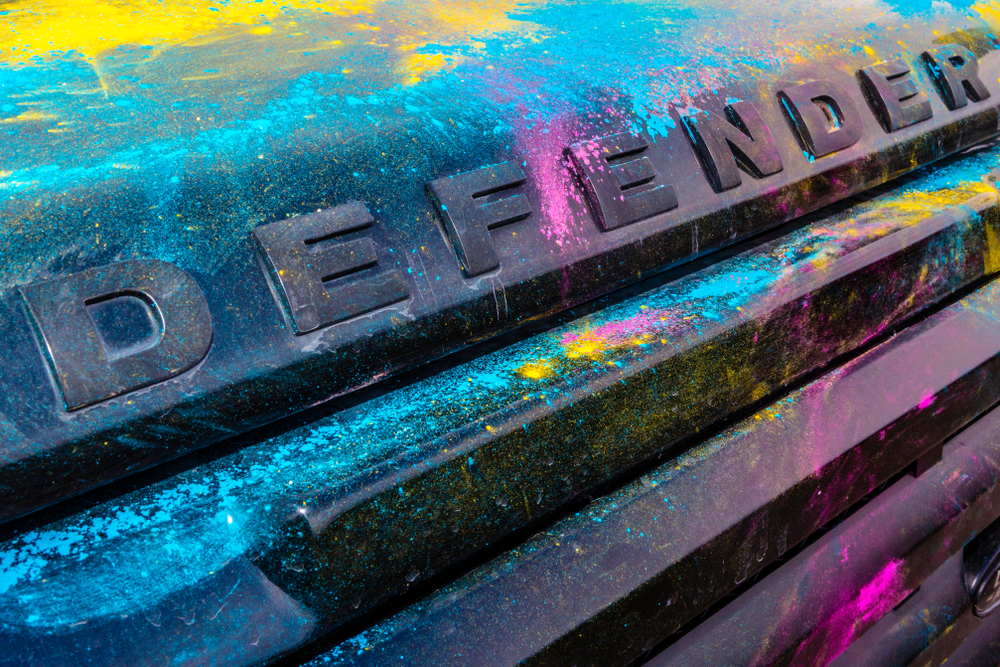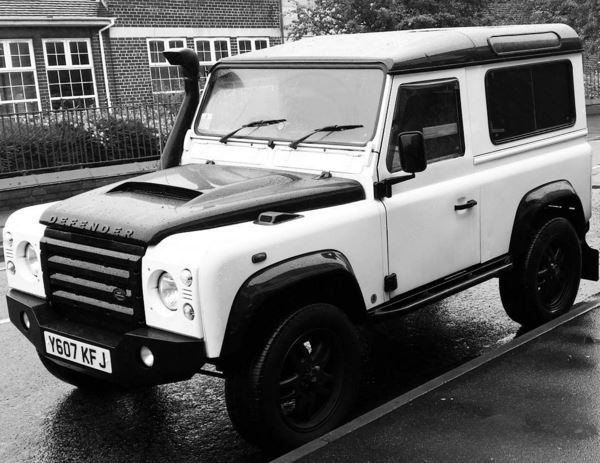John Craddock Ltd Magazine (January 2021)

In 2016, 67 years after the first Defender made its debut, production of these vehicles came to a halt. But that wasn’t the end of the story. Far from it actually! Instead, just two years after production halted, a limited-run special edition called the Defender Works V8 entered the fray. This new vehicle paid homage to the early V8 performance Defenders, and to the Land Rover marque’s 70th anniversary.
Then, in September 2019, the all-new Land Rover Defender made it’s global debut at the Frankfurt Motor Show, proving that this quintessential Landy has yet to have its day.
In Part I of this article, we’ll look at the early Defender engines, which were first spawned in the early Series models, before taking a look at later iterations of the Defender engine from the 1990s through to the noughties, and the newest 2020 engines, in Part II!
History Of The Defender & It’s Engines
While the Defender brand was initially launched in 1990, the first ever vehicles to bear this title were both the Ninety and One-Ten, which were renamed Defender 90 and Defender 110. These vehicles launched with a 107bhp 2495cc turbo-diesel 200Tdi engine, which was superseded four years later by the more powerful 111bhp 300Tdi.
In December 1998 a new standard engine was introduced to the Defender: the 122bhp five-cylinder Td5. However, less than ten years later in 2007 the Defender was to undergo a major evolution which would see a total replacement of the Td5 with the 122bhp Pump/DuraTorq TDCI four-cylinder turbo diesel engine and six-speed gearbox – among other design changes and the advent of a whole new modern dashboard.
In 2012, a new smaller 2.2-litre diesel engine replaced the previous 2.4 litre unit. This was heavily touted as the quietest and most economical of all the Defender models.

The Best Land Rover Engine
A reasonable person might suggest that, of course, the newest Defender engines are the best. But of course, many will disagree. While the 2021 2.2-litre TDCi is the most powerful and refined engine ever to call the Defender its home, we’re willing to bet that more than a few Defender owners would argue that the old 300Tdi is by far the most robust and off-road friendly engine of all the iterations of years gone by!
With that in mind, there are a lot of things to consider when it comes to assessing Defender engines. Power, torque, smoothness, noise, pulling power, and tunability all factor into the running, as well as lifespan, reliability, ease of repair, fuel consumption, and emissions. In short, the crown of ‘Best Defender Engine’ may differ from person to person, but in the interest of science we will in this article take a look at the different Defender engines, their pros and cons.

2.25-litre Diesel (1983-1984)
The 2.25-litre diesel engine was one of the earliest Defender engines. As an indirect injection engine, it featured pre-combustion chambers in the head where fuel and air were mixed before reaching the combustion chamber. This set up meant that the combustion noise was relatively quiet (but relatively is the operative word here!). In terms of lifespan, this engine was a trooper and could be fixed almost anywhere it broke down. However one of the greatest pros of this engine was that it very rarely did break down and could be relied upon in pretty much all conditions.

2.5-litre Diesel (1984-1991)
Riding on the back of the reliability of the 2.25-litre engines, Land Rover increased the torque in the 2.5-litre version by increasing the stroke to produce a 2495cc capacity. There were also key design changes in this engine which focused on lower emissions and noise levels. Aluminium external components were introduced, alongside a Lucas CAV self-priming injection pump for improved fuel consumption. Speed and acceleration were also increased with this diesel engine. Overall, the 2.5-litre diesel engine was a very robust upgrade in comparison to its predecessor, albeit still very rough around the edges.
2.5-litre Petrol (1985-1994)
The 2.5-litre petrol engine was very similar to its diesel sibling, with a cast iron cylinder block and cylinder head. The larger stroke was also present in the petrol engine but it retained its chain-driven camshaft. While not as efficient in regards to fuel as the diesel engine, it’s fair to say that this engine choice matched the smooth running of the 2.25-litre petrol engine and remained a simple and easily fixed engine, which was a big draw for a lot of Defender owners.


3.5-litre V8 Carburettor (1985-)
The 3.5-litre V8 carburettor was originally designed in the USA by General Motors. However, prior to its release it became the Rover V8. This engine featured a single camshaft mounted in an aluminium cylinder and aluminium heads, making it quite lightweight for its cubic capacity. In 1987, the camshaft was replaced and SU carburettors were added. This engine also featured in early Discovery 1 vehicles, the 101 Forward Control and the Australian 6×6 long wheelbase utilities. This new engine could achieve higher speeds and was more suited to long distances and motorway driving, while the low speed torque was a boon for off-road endeavours. That being said, fuel consumption was high on this engine, which could hit you hard in the pocket!
2.5-litre Diesel Turbo (1986-1991)
Land Rover’s first turbocharged engine, this design marked a step up in performance in order to compete in the European markets. The addition of improved crankshaft bearing lubrication, new pistons and exhaust valves, all contributed to this improved performance. Further to this, through using lighter components some gains were made on fuel consumption. However, while the turbo setup increased low speed torque, it was too much for the bottom end which ended in cylinder block cracking and crankshaft bearing failures which endured until a redesign entered the fray.

Land Rover Defender Engine Parts From John Craddock
That’s it for part 1 of our best Defender engine series, but keep an eye out for part 2 which will feature in our February edition of the John Craddock magazine. While you’re with us, why not check out our extensive stock of Defender engine parts? We have a wide selection of parts for engines ranging from the 2.25-litre diesel to the TD5 including head bolt kits, oil cooler repair kits, camshafts, piston assemblies and much more – all of which are available for worldwide delivery. Shop Defender parts and accessories online with John Craddock today!
New Year, New Adventures! Kick-start 2021 with the January edition of our Land Rover magazine.







